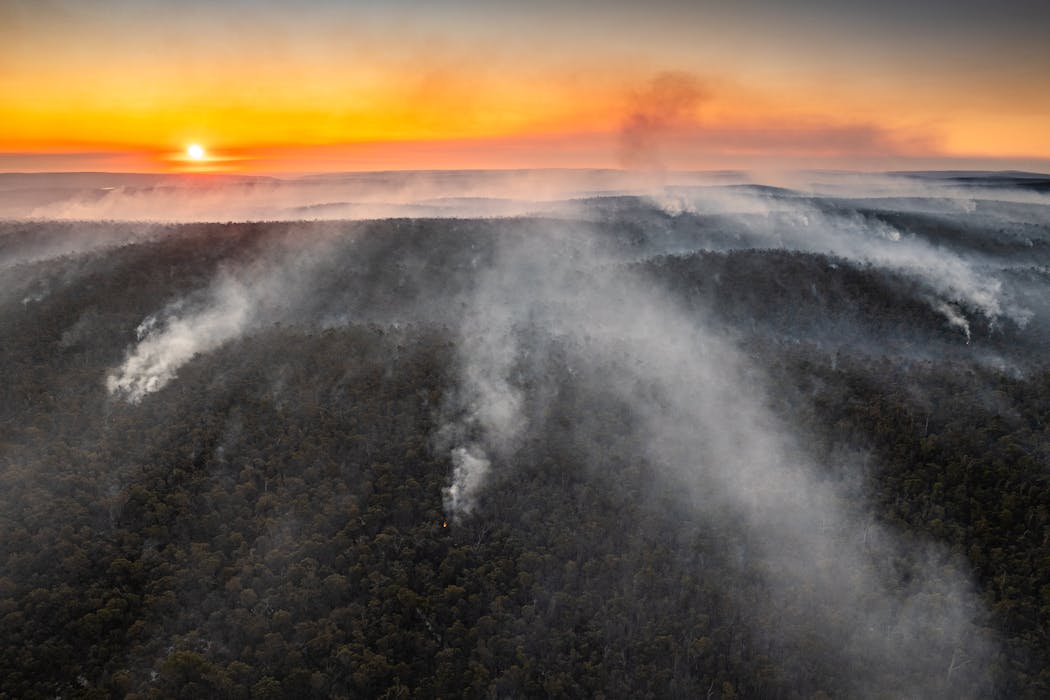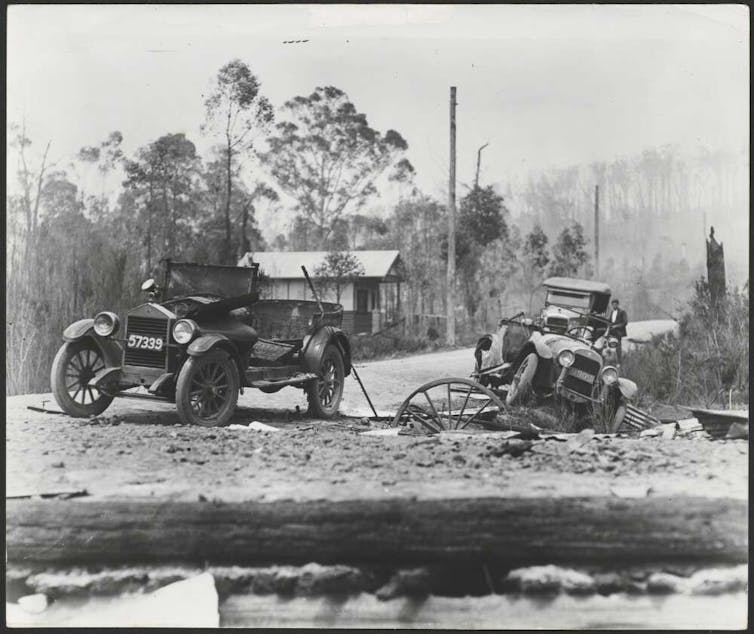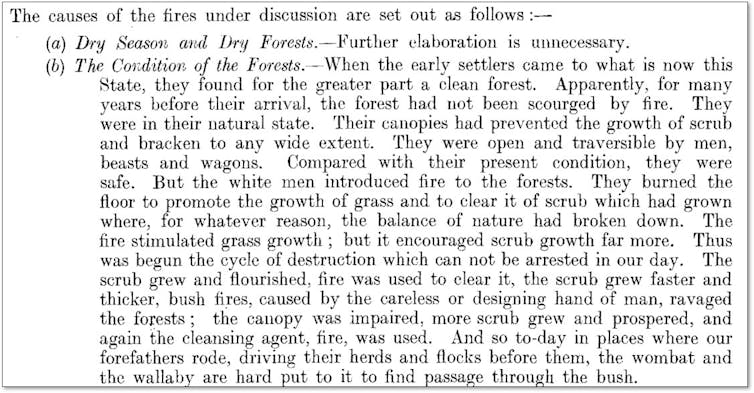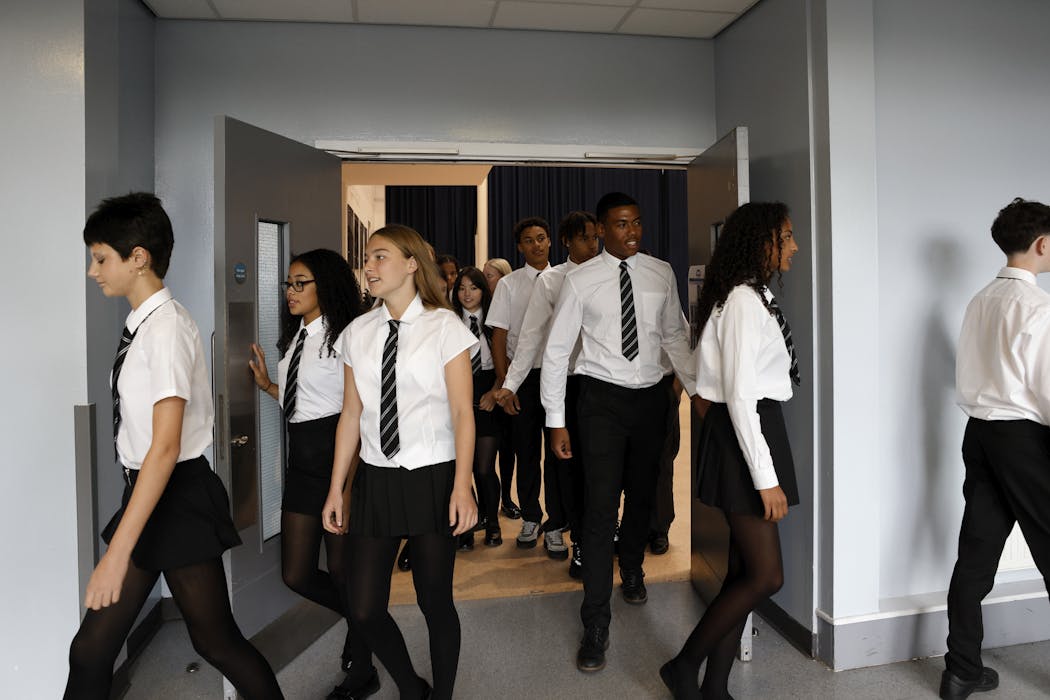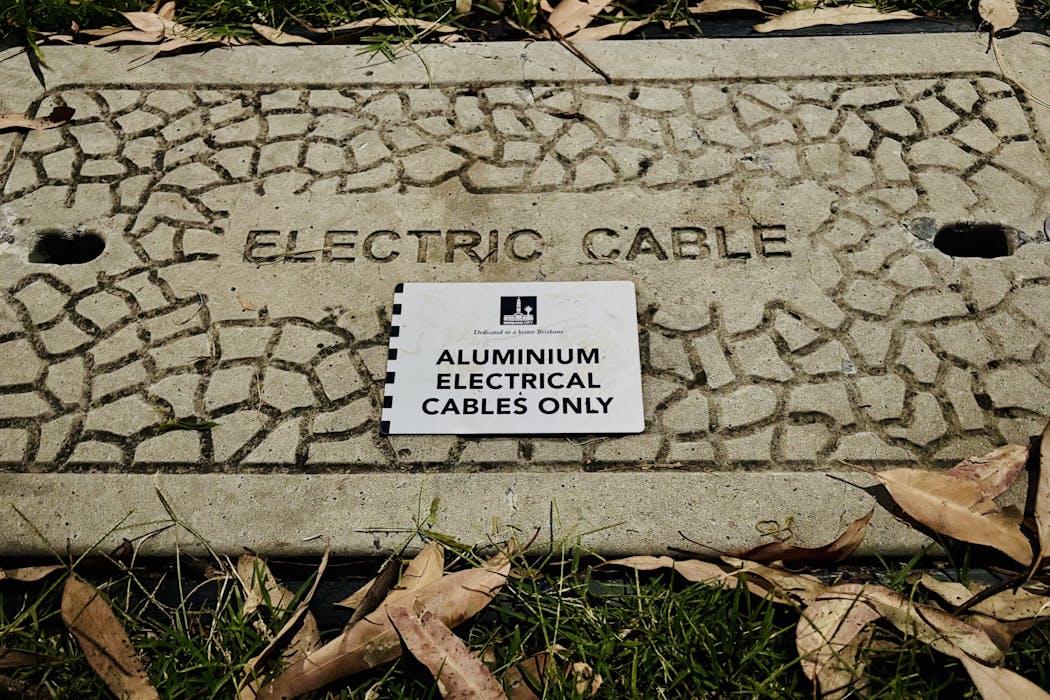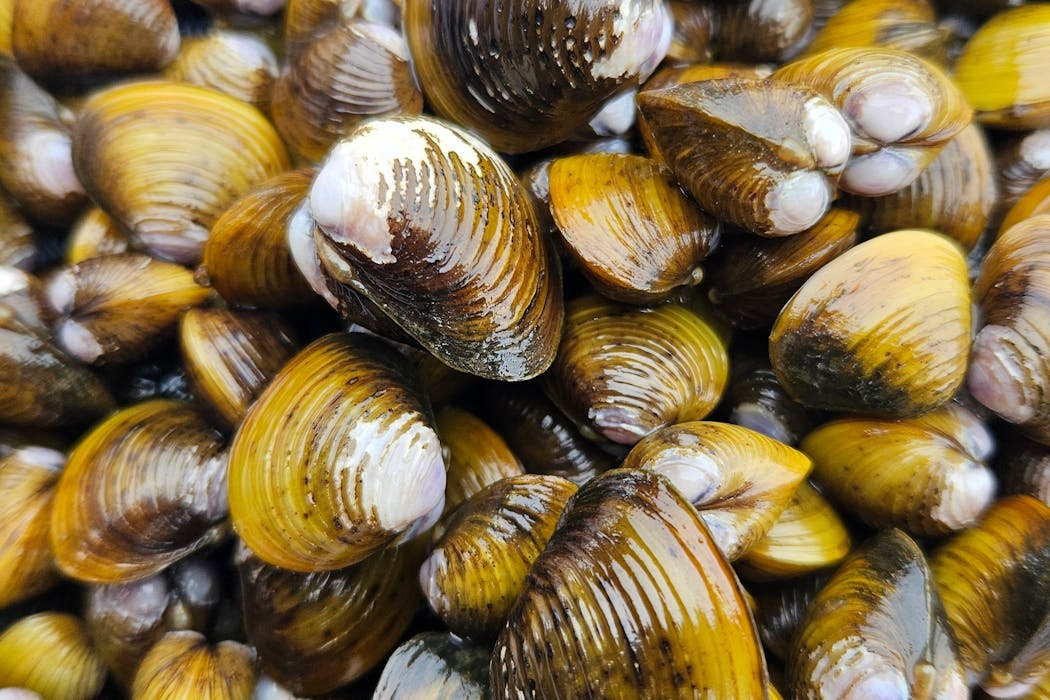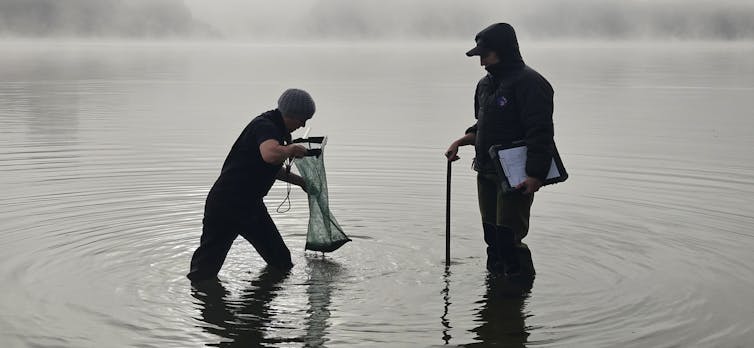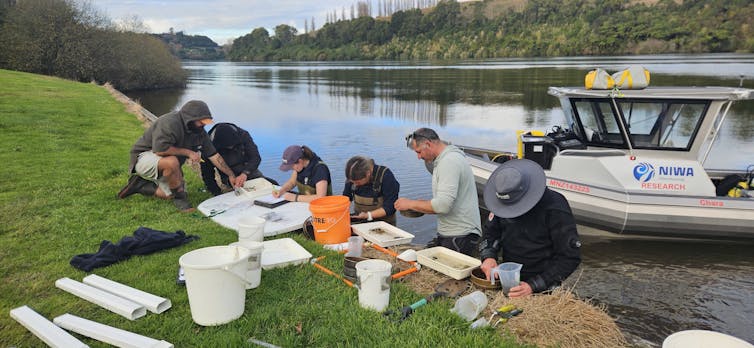Source: Radio New Zealand
The top figures in the police are appearing before a Select Committee as part of Parliament’s Scrutiny Week.
Commissioner Richard Chambers, along with the deputy commissioners, assistant commissioners, and figures like police’s chief people officer and chief financial officer are all appearing before the Justice Committee to answer questions about Police’s 2024/25 annual review.
Despite the recent Independent Police Conduct Authority (IPCA) report appearing outside of the 2024/25 review time period, it is likely MPs will ask about the report and the actions of the former police leadership.
Chambers told the MPs he was very proud of police, despite the challenges faced in the past year including “most recently of course the IPCA report”.
He said he was looking forward to a new leadership team in 2026, and he would welcome questioning on the audit report, which identified contract management, asset management, procurement, and change in appropriation in road policing.
“Given events of this year trust and confidence is an absolute priority, I said that on day one. Nothing has changed… we’ve taken some hits, we will make sure we move forward and do our absolute best for our country.”
Chambers said despite the damning IPCA report he did not believe the organisation had a culture problem.
Labour’s Ginny Andersen questioned that given the IPCA found there was a problem with police culture, but Chambers said it would be grossly unfair for the report to reflect on the 15,000 employees who “do a tough job and a very good job across the country day and night”.
Chambers said he was working on a performance review of police to correct behaviours that fall short of expectations.
“Those that do fall below expectations – my expectation is that we act on that and we deal with them. And I’m confident that – albeit hugely disappointing – it’s a reminder to all staff that expectations are there and we’ll act on anything that falls below.”
Police Commissioner Richard Chambers and other top cops appear before a Select Committee as part of Parliament’s Scrutiny Week. RNZ / Anneke Smith
He said the focus for 2026 was on the four priorities he outlined a year prior: core policing, supporting the front-line, leadership and accountability, and fiscal responsibility.
Specifically, he had set specific goals around service, safety and trust, including getting trust and confidence up to 80 percent.
“We’ve been there before there’s no reason we can’t do it again… we’ve taken some hits on trust and confidence, particularly recently.”
The other benchmarks included getting satisfaction for services to 80 percent from its current 71 percent, a15 percent rise in resolutions for retail crime, and a 15 percent reduction in violence in public places.
He also pointed to a 20 percent increase in Māori at police over the past five years.
“I think that’s a success story…. it’s a value we all subscribe to that we find better ways to achieve outcomes for all communities across New Zealand.”
Andersen questioned him about the progress towards the 500 additional police officers target promised by the coalition, which missed its two-year deadline last week.
He said police was aiming to meet the target “as soon as possible in 2026”, noting that over the past 12 months they’d had close to 9000 applications, compared to over 5000 the previous year.
He said they had signed on about 900 staff this year, about 100 of whom were rejoins.
“We’ve never achieved that in a 12-month period and we’ve worked incredibly hard to promote policing in New Zealand as a career, and even some of our colleagues who’ve gone across to Australia, we’ve had some big successes with them coming home.”
Andersen also pointed to previous funding being assigned for one officer per 480 New Zealanders, which had since shifted to one officer per 510 New Zealanders.
Chambers said he was focused on achieving the 500 new officer target, but alongside that was an initiative to ensure sworn staff – even those not on the front line – were able to get out and make a difference.
Andersen pointed to a drop outlined in the annual report showing a drop in people’s perception of police effectively responding to serious crime in the past couple of years, and asked if that was related.
Chambers said they were working as hard as possible to provide the best possible service across all the demands police managed.
Police Commissioner Richard Chambers and other top cops appear before a Select Committee as part of Parliament’s Scrutiny Week. RNZ / Anneke Smith
Earlier on Tuesday, Public Service Commissioner Sir Brian Roche confirmed “good progress” had been made regarding the fate of former Commissioner Andrew Coster.
Coster has been on leave from his role as Secretary for Social Investment since the release of the report, and has been in an employment process with the Commissioner.
“We’ve made really good progress. I’m confident that we’ll be able to have a decision in the not too distant future,” Roche said.
“I don’t have an exact date, but I’m really confident that we’re going to get there and remove the uncertainty that everyone has. I recognise this has got a high level of public interest.”
Chambers rejects systemic bias exists within police
Independent MP Tākuta Ferris asked about the audit’s finding that police had weak outcome reporting around Māori achievement or advancement.
Chambers said police needed to celebrate successes better.
“The results are there – if I think about the high percentage of non-reoffending rates in Te Pae Oranga as one example, the fact that we’ve got 12 rangatahi TPOs opportunities across the county, we’ve got 30 for adults, it’s all there. Perhaps we just don’t celebrate it enough.”
Green MP Tamatha Paul highlighted concerns around systemic bias or racism within police, which Chambers said he did not accept was the case.
“Systemic bias and racism is not saying every police officer is racist,” Paul said. “It’s saying that the structures and the rules – for example the use of discretion, look at the way that is used between Pākehā and Māori cannabis possession charges, it is disproportionate.
“Māori in the last year are now more highly charged in the possession of cannabis than Pākehā, despite the fact we are only 15 percent of the population and Pākehā are the majority – so how does that work out?”
Chambers said he wanted to see the circumstances and situations staff were encountering, but Paul said that’s what the Understanding Police Delivery report was about. However, she was cut off by the committee chair Andrew Bayly.
“You’ve asked your question,” Bayly said, praising ACT’s Todd Stephenson for raising a new line of questioning around financial management.
Police Minister Mark Mitchell has long maintained no systemic bias or racism exists within police, despite the 2024 report by an independent panel finding both bias and structural racism meant Māori men were more likely to be stopped, prosecuted and tasered.
Chambers noted spending on consulting and contracting had been reduced by about $90m, down from about $135m a few years ago.
“That sounds like a pretty sweet deal to me,” National’s Rima Nahkle said, “I’ve put some chocolate there for you.”
Police tackling recent spike in youth crime in Christchurch
Chambers noted there had been a bit of a spike in youth crime recently in Christchurch, particularly in the past two weeks.
Acting Deputy Commissioner Tusha Penny said they met at 8am every morning to discuss youth crime, and it was an “inter-agency” problem with support from Oranga Tamariki and community groups, whānau and more.
“As of Monday they’ve actually established an operation to supplement the specialist youth investigators and youth officers that we have every single day.”
She said the “Fast Track” or “circuit breaker” programme had been very effective in reducing youth crime, with 81 percent of young people who went through it not reoffending.
“The beauty of that programme is it’s required agencies to come together within that first 24 hours to look at not just the youth that’s been apprehended but the wider circumstances that’s brought the responsibility and the accountability on the whanau and on the partners who are going to support it through.
“That’s been incredibly successful.”
She said the government’s military-style youth academies or “boot camps” were very similar and police would welcome any such intervention that involved proper housing, proper engagement with education and healthcare, and support to whānau because it could have an effect.
She agreed with Labour’s Duncan Webb that recent cases of young people being held in police cells for about six days was “not okay”, but said they were constantly working to avoid that where possible by working with agencies to find “more appropriate placements” for them.
Sign up for Ngā Pitopito Kōrero, a daily newsletter curated by our editors and delivered straight to your inbox every weekday.
– Published by EveningReport.nz and AsiaPacificReport.nz, see: MIL OSI in partnership with Radio New Zealand



